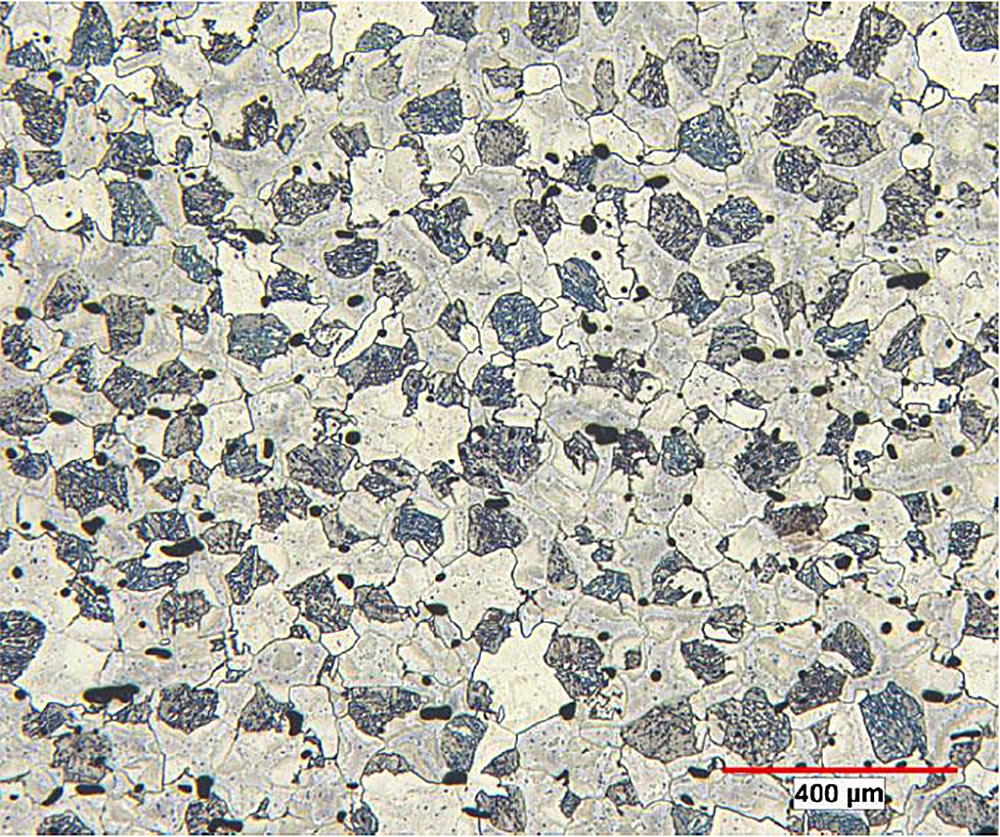
Today, GKN Additive announces its latest metal powders for additive manufacturing, adapted from a popular traditional automotive material.
DP600, a low alloy dual-phase (DP) steel, is widely used in traditional automotive manufacture for components like body panels, wheels, and bumpers. Wikipedia notes as among the key desirable traits of DP steels:
- Low yield strength
- Low yield to tensile strength ratio (yield strength / tensile strength = 0.5)
- High initial strain hardening rates
- Good uniform elongation
- A high strain rate sensitivity (the faster it is crushed the more energy it absorbs)
- Good fatigue resistance
As additive manufacturing continues to move toward mass manufacturing, making inroads into applications with widely-established means of making, materials play a vital role in further adoption. Design for additive manufacturing (DfAM) has shown that parts redesigned for new production processes can be lighter weight, stronger, and have a notable reduction in part count. But those advanced designs still need to be made from the right stuff.
It’s not as easy as simply dropping existing metal powders into metal 3D printers. New means of making require new formulations for materials. 3D printers are a completely different manufacturing environment than traditional casting or milling, and metallurgical considerations have to take that into account. From 3D printer to heat treatment, every part of the additive manufacturing process must come into play for new metal powder development.
When it comes to tuning familiar materials to additive manufacturing, quality and standards are of obvious importance. GKN Additive has now introduced two new materials suited for laser powder bed fusion and binder jetting AM processes, building on the desired traits of DP600.
GKN Additive explains of the latest materials accomplishment:
“The newly developed metal powder materials DPLA (Dual Phase Low Alloy) and FSLA (Free Sintering Low Alloy) meet similar requirements for mechanical properties as DP600 (HCT600X/C), such as higher ultimate tensile strength (UTS) and low yield strength (YS) to UTS ratio, and can be used in Laser Powder Bed Fusion (DPLA) and Binder Jetting (FSLA) respectively – a true world first for these two additive manufacturing processes. The powder materials as well as parts manufactured with these materials are available for purchase immediately.”
These new DP600-like powders are set to enable new advances in AM for automotive and industrial use.
“Traditional DP600 offers specific standardized mechanical properties achieved by heat treatment. The dual-phase steel AM materials developed by GKN Additive on the other hand are very flexible in their characteristics, as their mechanical properties can be tuned more widely by the heat treatment after the laser or binder jetting process,” says Technology Manager for Binder Jetting at GKN Additive Christopher Schaak.
“With these AM processes, manufacturers in the Automotive industry can construct body parts differently than what was possible with traditional sheet metal parts. If you look at a tailored blank, many sheet- metal parts and support parts need to be formed and joined together to achieve a certain stiffness. By using structural components printed with AM on the other hand, you would need less process steps and less material, leading to cost optimization and a weight reduction.”
GKN Additive notes that the new materials enable new design possibilities, faster functional validation, and the potential for weight reduction.
Full material specs are available for both new powders here (pdf).
Via GKN Additive
